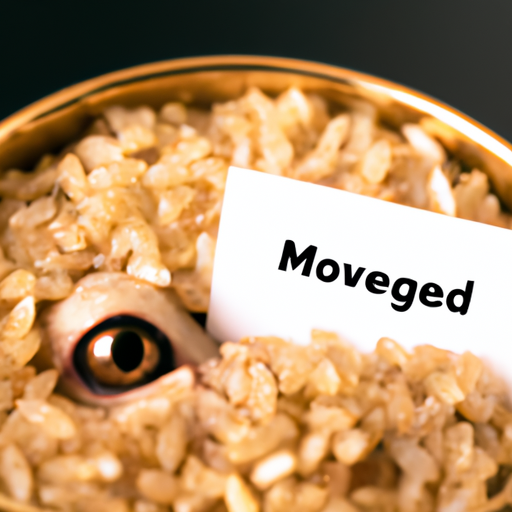Understanding Craniofacial Hyperhidrosis: Why You Sweat Too Much From Your Head
Do you find yourself sweating too much from your head, even when you’re not exerting yourself or feeling particularly hot?
You’re not alone.
Many people experience excessive head sweating, a condition known as craniofacial hyperhidrosis.
What Is Craniofacial Hyperhidrosis?
Craniofacial hyperhidrosis is a medical term for excessive sweating of the face and head.
Unlike the typical sweat you might experience during a workout or on a hot day, this type of sweating can occur without any clear trigger.
Imagine sitting in an air-conditioned room, only to feel beads of sweat trickling down your forehead.
It can be embarrassing and uncomfortable.
This condition can affect your social life and confidence levels, making it hard to interact with others comfortably.
Symptoms Of Excessive Head Sweating
So how do you know if you have craniofacial hyperhidrosis?
Here are some common symptoms:
– Constant Moisture: Your face feels persistently damp.
– Visible Dripping: Sweat visibly drips from your forehead or scalp.
– Sweaty Hairline: Your hairline is often wet and sticky.
– Facial Redness: Accompanying redness due to constant moisture.
These symptoms can interfere with daily activities, making even simple tasks like applying makeup or styling hair challenging.
Causes Of Excessive Head Sweating
Understanding the root cause of craniofacial hyperhidrosis is crucial for effective management.
The exact causes are varied and may include genetic factors, underlying medical conditions, and lifestyle influences.
Genetic Factors
If you have family members who also suffer from excessive sweating, it’s possible that genetics play a role in your condition.
Studies have shown that hyperhidrosis tends to run in families, suggesting a hereditary component.
Medical Conditions
Certain underlying health conditions can contribute to excessive head sweating:
– Thyroid Issues: An overactive thyroid can increase metabolism, leading to increased sweat production.
– Diabetes: Blood sugar fluctuations can trigger sweating episodes.
– Menopause: Hormonal changes during menopause can result in hot flashes and excessive facial sweating.
Consulting with a healthcare professional can help identify any underlying conditions contributing to your symptoms.
Lifestyle Influences
Lifestyle choices such as diet and stress levels also impact how much you sweat.
Spicy foods, caffeine, and alcohol are known triggers for increased sweat production.
Stressful situations stimulate the body’s fight-or-flight response, which includes heightened sweat gland activity.
Managing And Treating Craniofacial Hyperhidrosis
Dealing with excessive head sweating requires a multifaceted approach.
From lifestyle adjustments to medical treatments, there are several strategies available to help manage this condition effectively.
Lifestyle Adjustments
Simple changes in daily habits can make a significant difference:
– Stay Hydrated: Drinking plenty of water helps regulate body temperature and reduce overall sweat production.
– Dietary Changes: Avoid foods that trigger sweating like spicy dishes, caffeine, and alcohol.
– Stress Management Techniques: Practice mindfulness exercises such as yoga or meditation to reduce stress-induced sweating episodes.
These adjustments create an environment less conducive to excessive sweating.
Over-The-Counter Solutions
Several over-the-counter products specifically target facial perspiration:
– Antiperspirant Sprays And Wipes: These products contain ingredients like aluminum chloride that temporarily block sweat glands.
Applying them before bedtime allows the solution time to work overnight when sweat production is lower.
This method provides relief throughout the next day but may require regular reapplication depending on individual needs.
Be sure always opt for formulations designed for sensitive skin areas such as the face since standard antiperspirants might cause irritation if used incorrectly here instead otherwise!
Medical Treatments For Severe Cases
In cases where lifestyle changes aren’t enough by themselves alone managing craniofacial hyperhidrosis effectively seeking medical treatments could be necessary then! There several options worth considering discussed below briefly here now!
BOTOX Injections
Botox injections provide temporary relief by blocking nerve signals responsible activating sweat glands temporarily reducing their activity significantly during periods time receiving treatment sessions regularly every few months usually required maintaining results consistently achieved through method successfully proven effective many individuals suffering condition alike!

